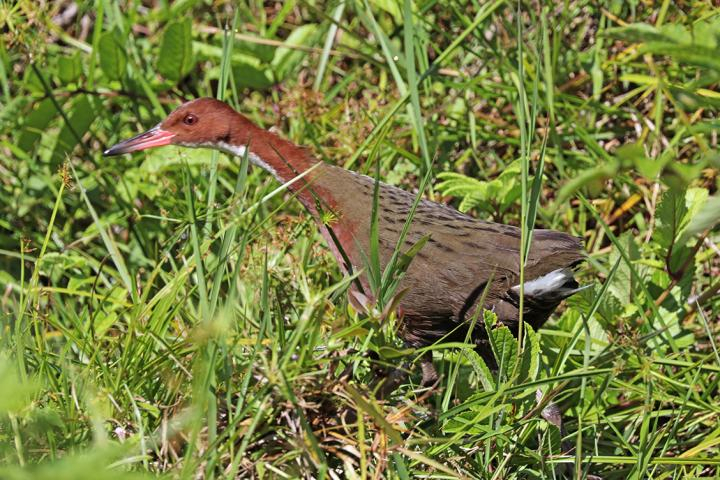
A new study has showcased some major details on the bird which came back to life after it went extinct. After analyzing the sediments in Aldabra Atoll in the Indian Ocean, scientists found that the island has submerged multiple times, thus causing extinction to all the creatures lived there. Even though all the creatures inhabited in the island went extinct, the Aldabra white-throated rail bird came back again and again.
It should be noted that the Aldabra rail first went extinct around 136,000-years-ago and the new study revealed that the bird has re-evolved again.
Researchers revealed that the re-evolution of Aldabra rail is a classic example of iterative evolution, a case where the same ancestral lineage leads to repeated evolution of a species at different points in time. In this rare phenomenon, species can reemerge over and over even after going extinct at different points in time.
Adabra rain was a flightless bird before 1,36,000 years ago, and it still does not have the ability to fly due to the absence of predators in the island.
"These unique fossils provide irrefutable evidence that a member of the rail family colonized the atoll, most likely from Madagascar, and became flightless independently on each occasion," said Dr Julian Hume, avian palaeontologist and research associate at the Natural History Museum and the lead author of the study in a recent statement.
"Fossil evidence presented here is unique for rails, and epitomizes the ability of these birds to successfully colonize isolated islands and evolve flightlessness on multiple occasions."
This new study also marks the first time iterative evolution has been observed in rails and the new finding could revolutionize current human understanding of iterative evolution.
David Martill, a paleobiologist at the University of Portsmouth who is the co-author of the study said that Aldabra rail "which has the oldest palaeontological record of any oceanic island within the Indian Ocean region, is fossil evidence available that demonstrates the effects of changing sea levels on extinction and recolonization events."
A few months back, scientists at the University of Sydney had discovered Wallace's giant bee in Indonesia. Interestingly, Wallace's giant bee was last spotted in 1981 and since then, experts have believed that this creature had gone extinct in the planet.
The report was published in the Zoological Journal of the Linnean Society.









